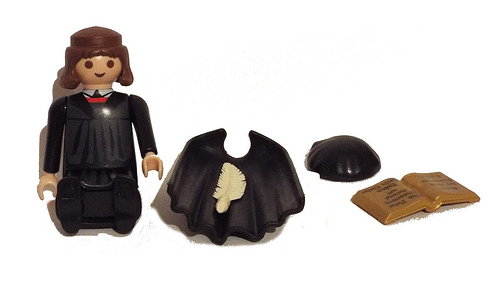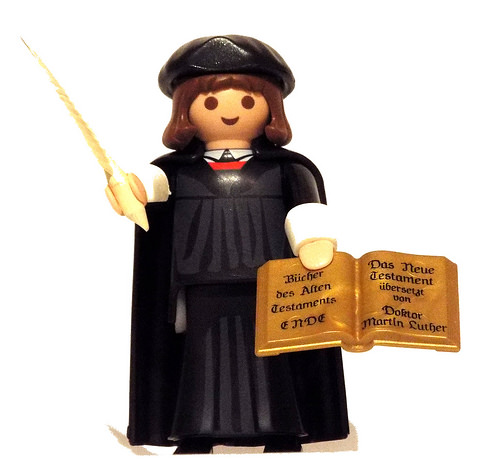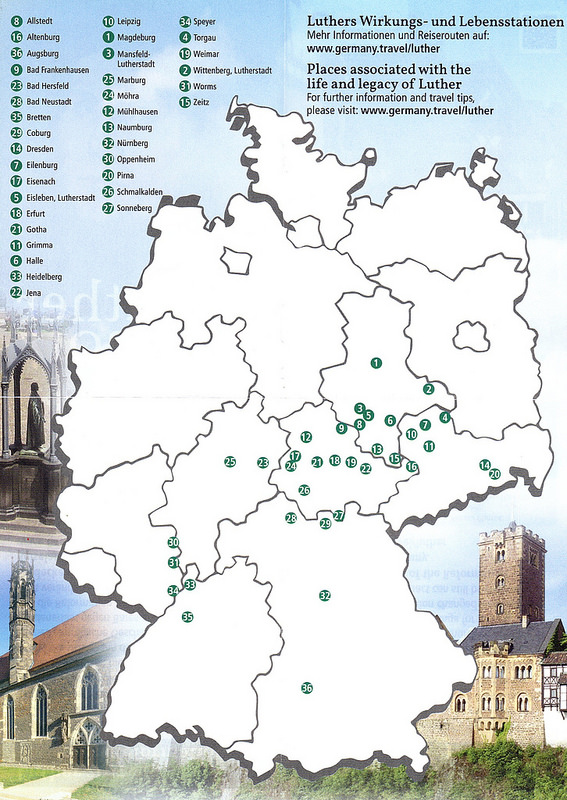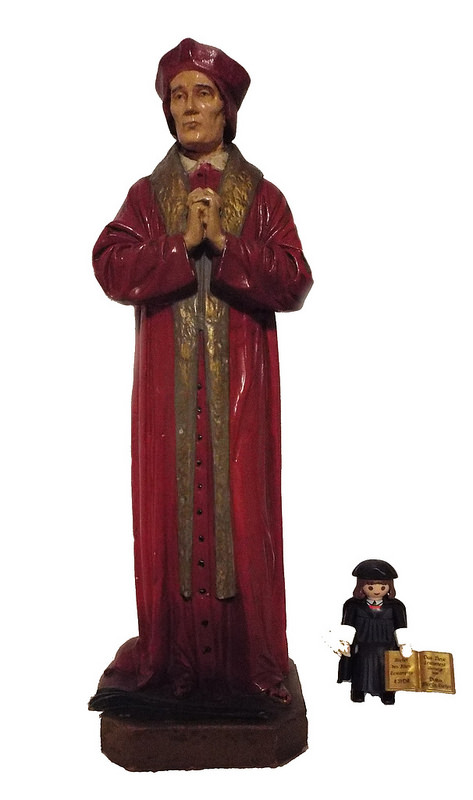In the traditional liturgical calendar, tomorrow is the feast of Christ the King. Preparing for it it, and specifically re-reading the encyclical Quas Primas of Pope Pius XI, put me in mind of the appalling decision of the court of appeal in Belfast in the case of the Ashers Baking Company. I found the above video on various news websites, then tracked it down on YouTube for embedding here. Daniel McArthur gives a fine speech which is moderate, sensible and balanced. At the end he gives powerful witness to his faith, thanking God for His faithfulness. He concludes with vigour (2'04"):
"He is still on the throne, He is the ruler of heaven and of earth, and He is our God and we worship and we honour Him."Not a bad way to end a statement for the press, and an ecumenical inspiration on the eve of the feast of Christ the King. May God bless Daniel and his family! Viva Cristo Rey!









